A week ahead of the 2015 Chinese New Year, we made a trek to one of Manila’s oldest districts. Although we went home with all the food we can manage to cram into our bellies (and take-out bags), we were also full of the district’s history, stories and the warmth of its residents.
Here’s what we have discovered after exploring Binondo:
Discovery #1: Binondo is slowly embracing modernity.
On our way to Ongpin Street, we had a good laugh when we spotted some business signs that advertise attache cases, pomade, to harmonicas. However, we quickly realized that these signs to be a testament to the city’s longevity. Known as the oldest Chinatown in the world, Binondo has been in existence since 1594.

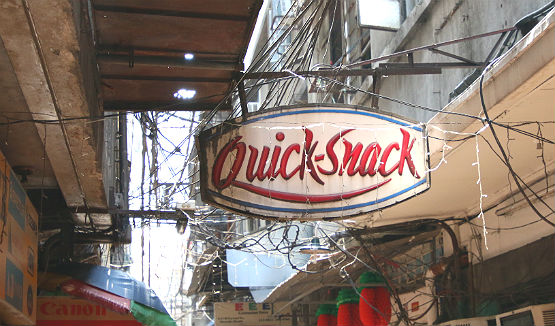
But time has indeed changed Binondo, at least in its structures. Some of Binondo’s famous eateries has updated their interiors, giving out a modern vibe. We even spotted a French-style cafe. Several condominium buildings are now standing erect most probably to cater to second or third-generation Tsinoy families. But somehow, Binondo managed to pay homage to its past thanks to the use of festive colors like ube violet and vibrant reds in almost every establishment.

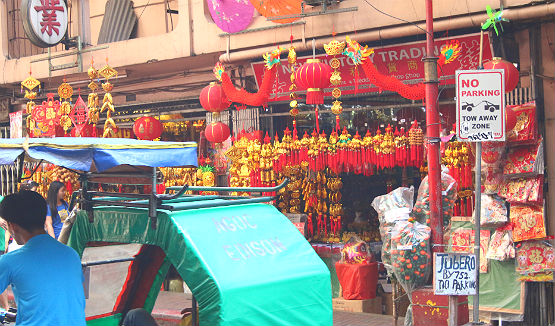

Discovery #2: Most Tsinoy businesspeople no longer live above or below their place of business.
During our tour of Binondo, we have spotted several dated and new condominium developments all over the district, indicating that the Tsinoys have moved out from the basements or the spare rooms above their stores and moved into more comfortable dwellings.
Paul Marvin Uy, whose family owns the popular Chinese food chain Sincerity Cafe and Restaurant, seconded this suggestion. He told ZipMatch that although the family no longer lives above their place of business, there are some who opt to live nearby. Although one would think that living near your place of business is due to a force of habit, these businessmen may have a more practical reason to do so: access. After all, Binondo was once known as banking and financial center for Tsinoys back then, and have attracted all kinds of businesses that supply raw materials, finance and other things needed for their own businesses (i.e, fresh produce, raw materials, etc).
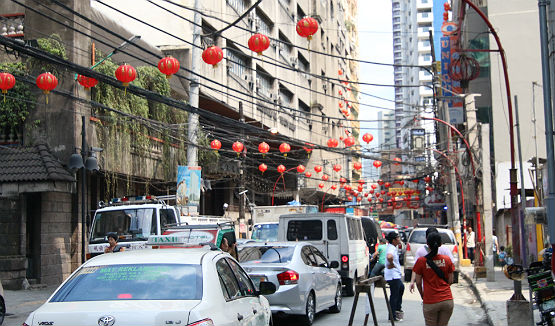
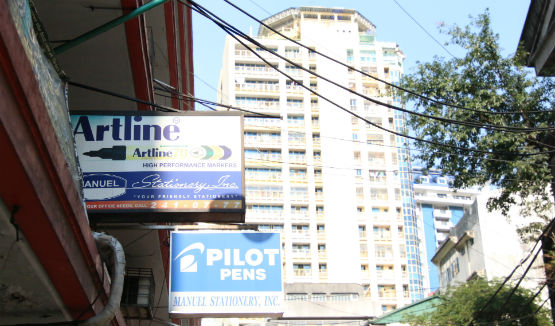
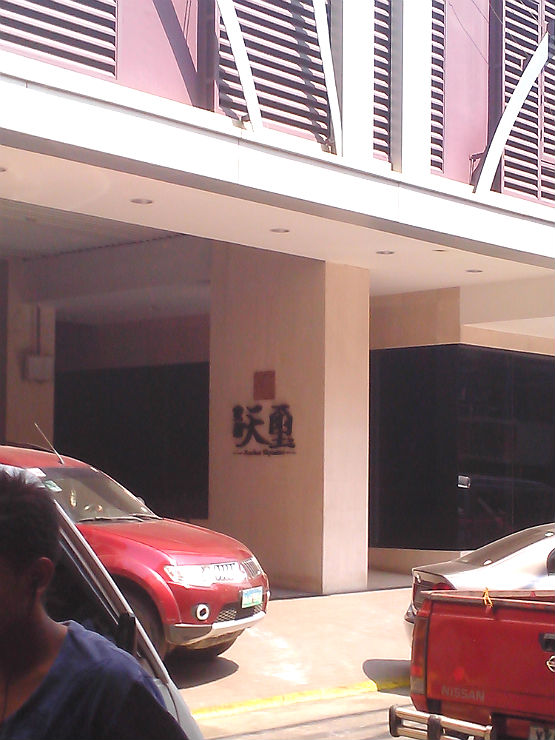
Discovery #3: Tsinoys are not just shop owners.
Although Tsinoys are widely known in the country to be entrepreneurs, some have made their names in various fields like medicine, culinary arts, engineering, science, education, show business, politics, and even in real estate.

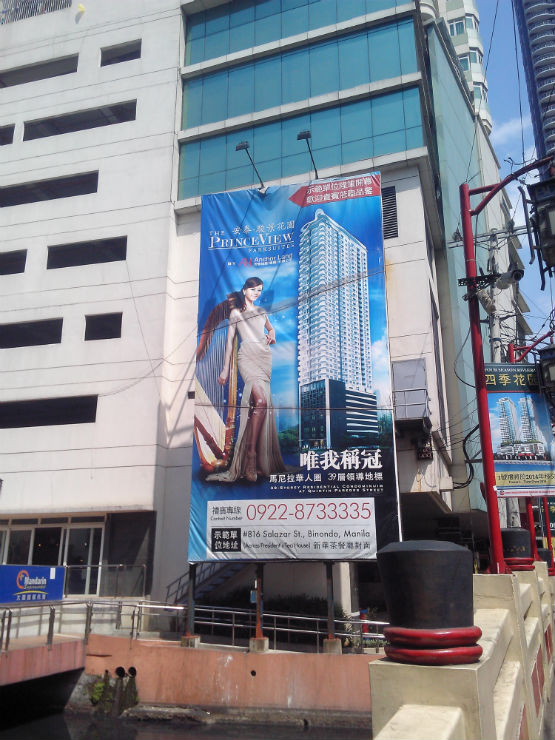
Marvin, who studied Culinary Arts at a top school in the country, said that he decided to be part of the family business simply because of his love for cooking.

Discovery #4. Tsinoys are actually hospitable.
Unlike their movie counterparts, the Tsinoys we met overall were actually very nice. Almost all of the residents we have talked to opened their doors to us. We thoroughly enjoyed the stories about the Chinese culture in Binondo and the culinary habits of its residents.
And just like how Filipinos welcome guests in their homes, the Tsinoys we met did not hesitate to make us feel at home with food.
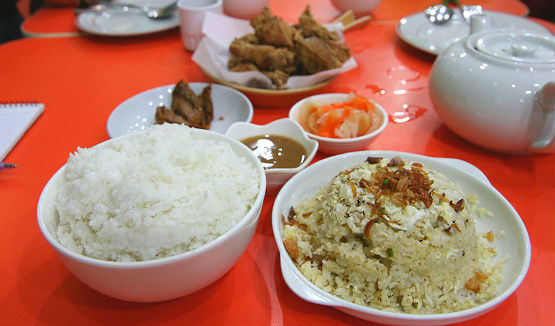
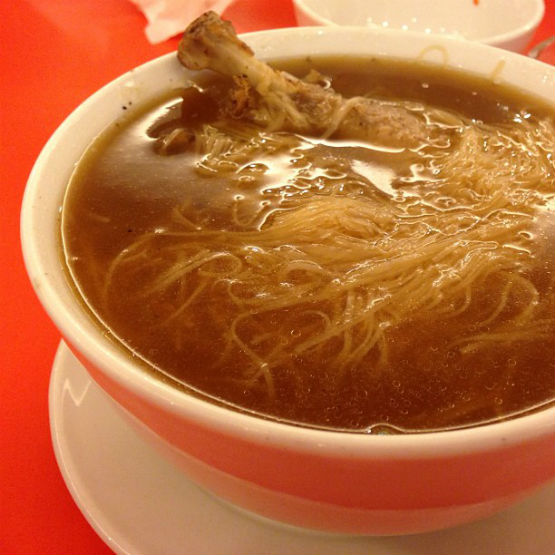
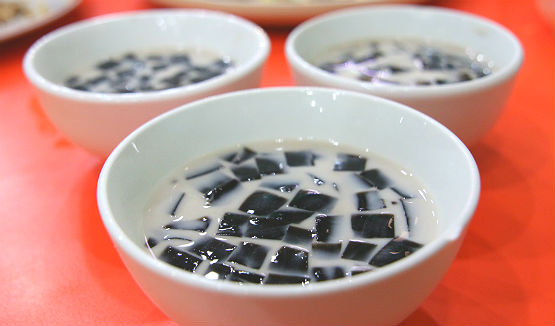
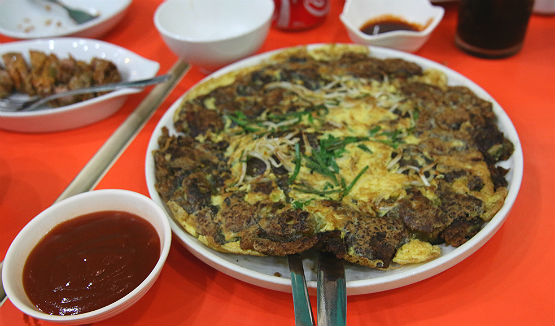
Discovery #5: There is more to Binondo than just a tikoy haven.
Naturally, people will associate Tsinoys in Binondo to tikoy. However, this sweet cake is not just the only interesting food item you can find and eat in Binondo.

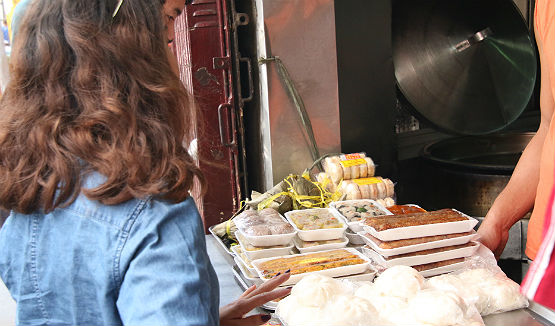
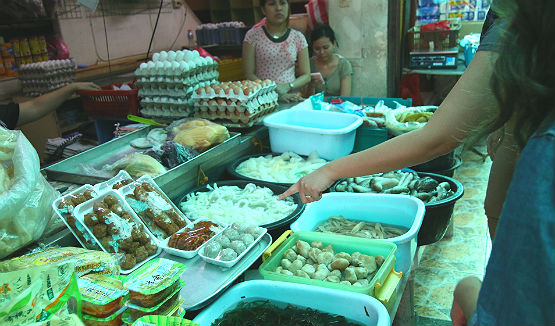
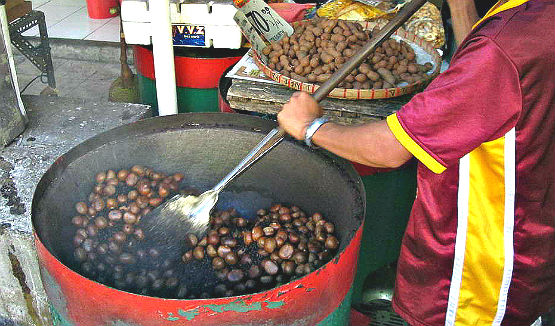
On the other hand, the tikoy has been reinvented as well. From the traditional brown, glutinous rice pastry that people know about, the store has since introduced new flavors, Royce Gerik Chua of Eng Bee Tin said. Eng Bee Tin now have tikoy in flavors like matcha green tea, pandan, sweetcorn, muscovado, and butterscotch. For the sugar-sensitive, Eng Bee Tin also has Lite Classic versions.
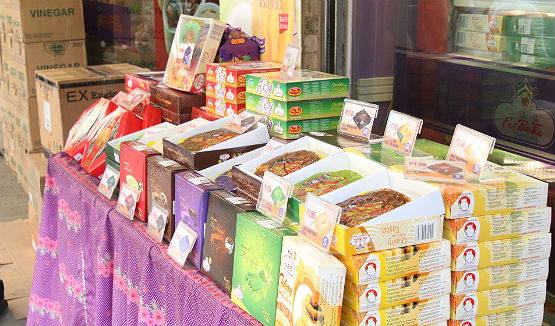
Discovery #6: Tsinoys are a hardworking brood.
Tsinoys have long learned from their elders to be involved, hardworking, and passionate people when it comes to their businesses. Although you see most of them holding managerial or supervisory positions, they do not hesitate to pick up large plastic bags of groceries or man the cash register.
In our Binondo tour, we have seen and met second to third-generation Chinese manning their stores. Marvin, for one, is a third-generation Tsinoy. Jean of Jeanch Dragon may have looked too young to talk on behalf of the store, but she managed to impressed the team about her business acumen.
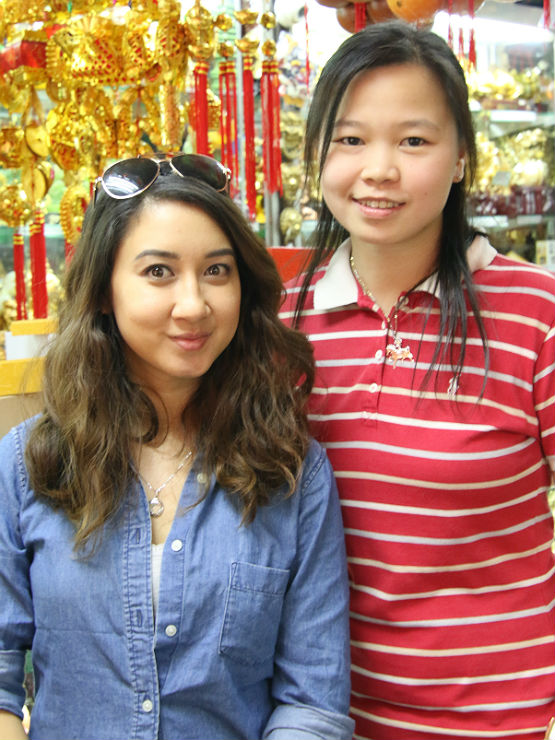
Discovery #7: Tsinoys are a noble bunch.
Cafe Mezzanine in Binondo is regarded by locals as a Volunteer Fireman’s Coffee Shop, Eng Bee Tin’s Gerik Chua said. According to him, 100% of its proceeds go towards Binondo Paco Fire Search and Rescue Brigade, who works in tandem with the non-profit organization named TXT-FIRE. TXT-FIRE, which was established by Eng Bee Tin founder Gerry Chua, has been disseminating real-time fire alerts, alarms, and information through their 170,000 members nationwide, according to their website.
This advocacy appears to be close to Tsinoys, especially to businessmen. Because of the district’s risk to fires, Gerik said that every street is now equipped with its own fire truck.
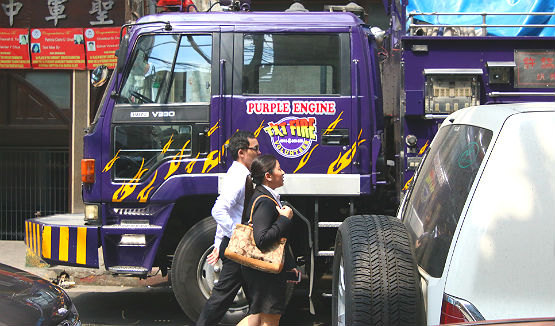
Discovery #8: Tsinoys are a devout people.
There is a saying that goes that you would know how religious people are in a particular place if you check out their place of worship.
Our first stop was Binondo Church. One thing that took our breath away was the church’s opulence. Aside from the impressive altar were the beautiful fresco paintings on the ceilings and window panels of the church, which clearly reflects how supportive the Tsinoy community are of their church.
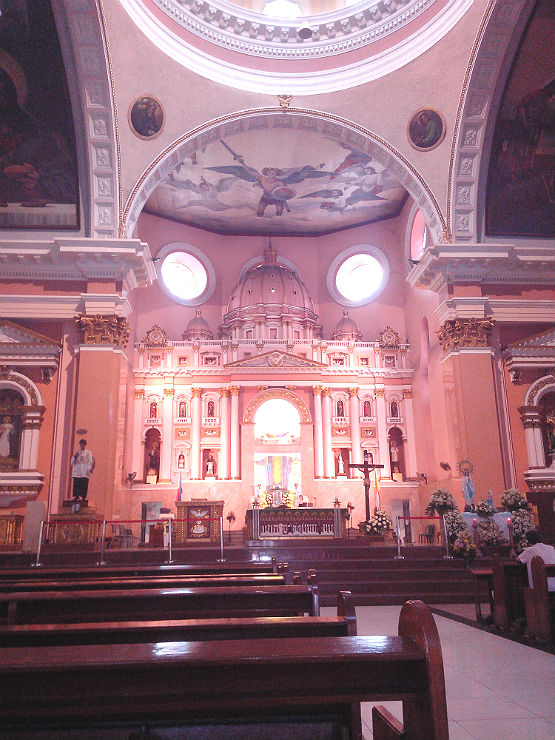

We also chanced upon the Filipino-Chinese public shrine at the suggestion of a colleague. The shrine appeared to have an identity crisis because of the marriage of Christian, Catholic, and Buddhist elements in one setting.

The altar featured a golden cross surrounded by lit and unlit incense sticks in vases, sampaguita flower necklaces, and frames instructing people on how to pray at the altar. I was first hesitant to proceed as I wouldn’t know whether praying requires some sort of donations for the incense. But after seeing a few patrons saying their prayers, I went ahead and said mine.
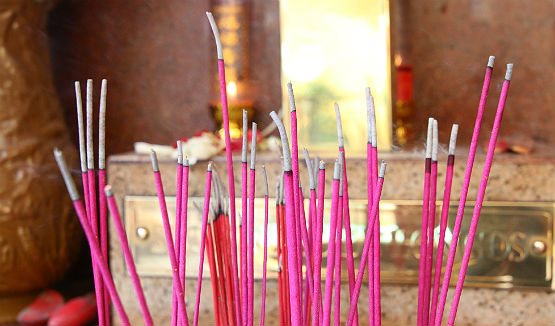
Any discoveries you found about life in Binondo? We’d love to hear them! Share your story by leaving a comment below.











